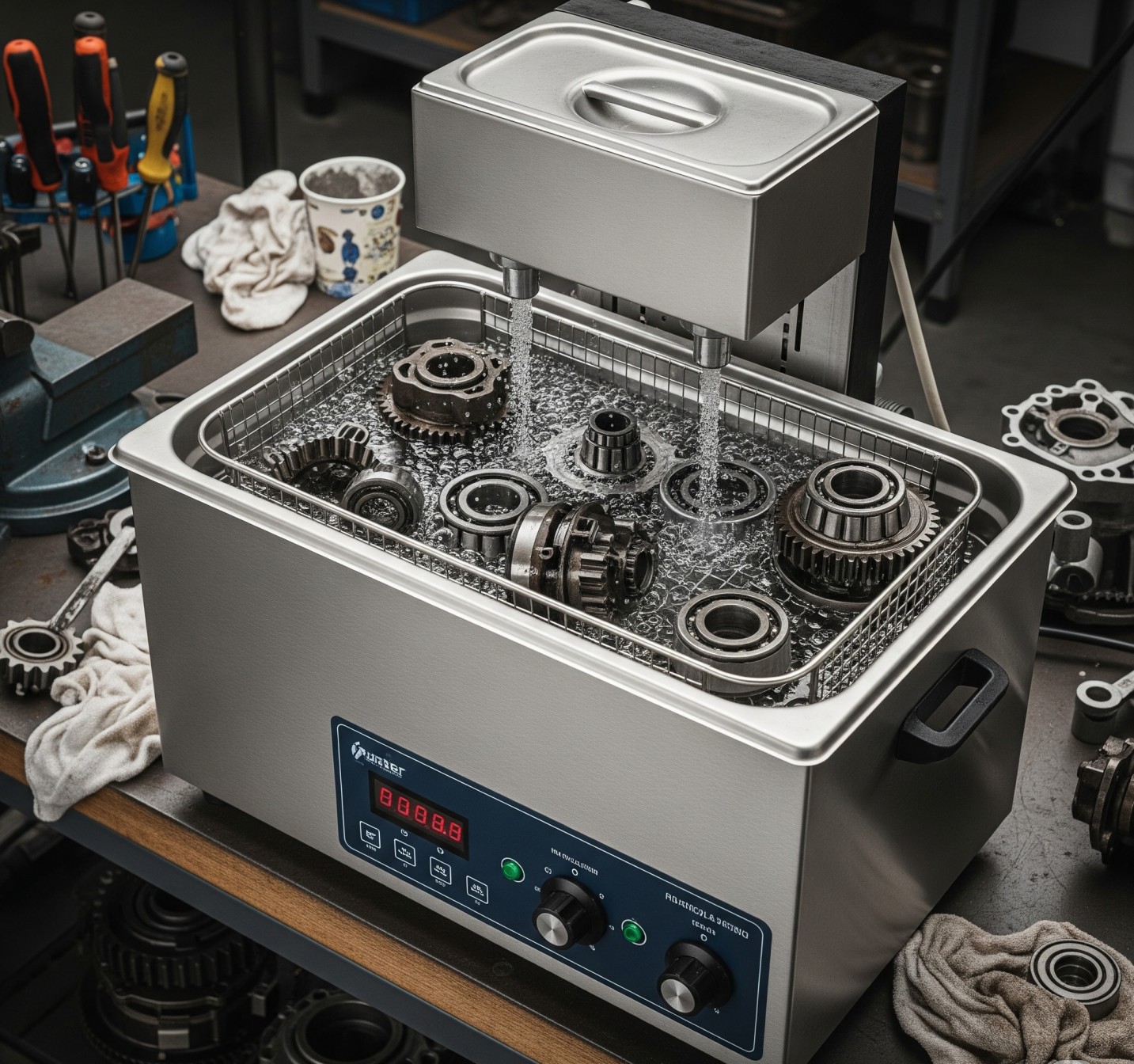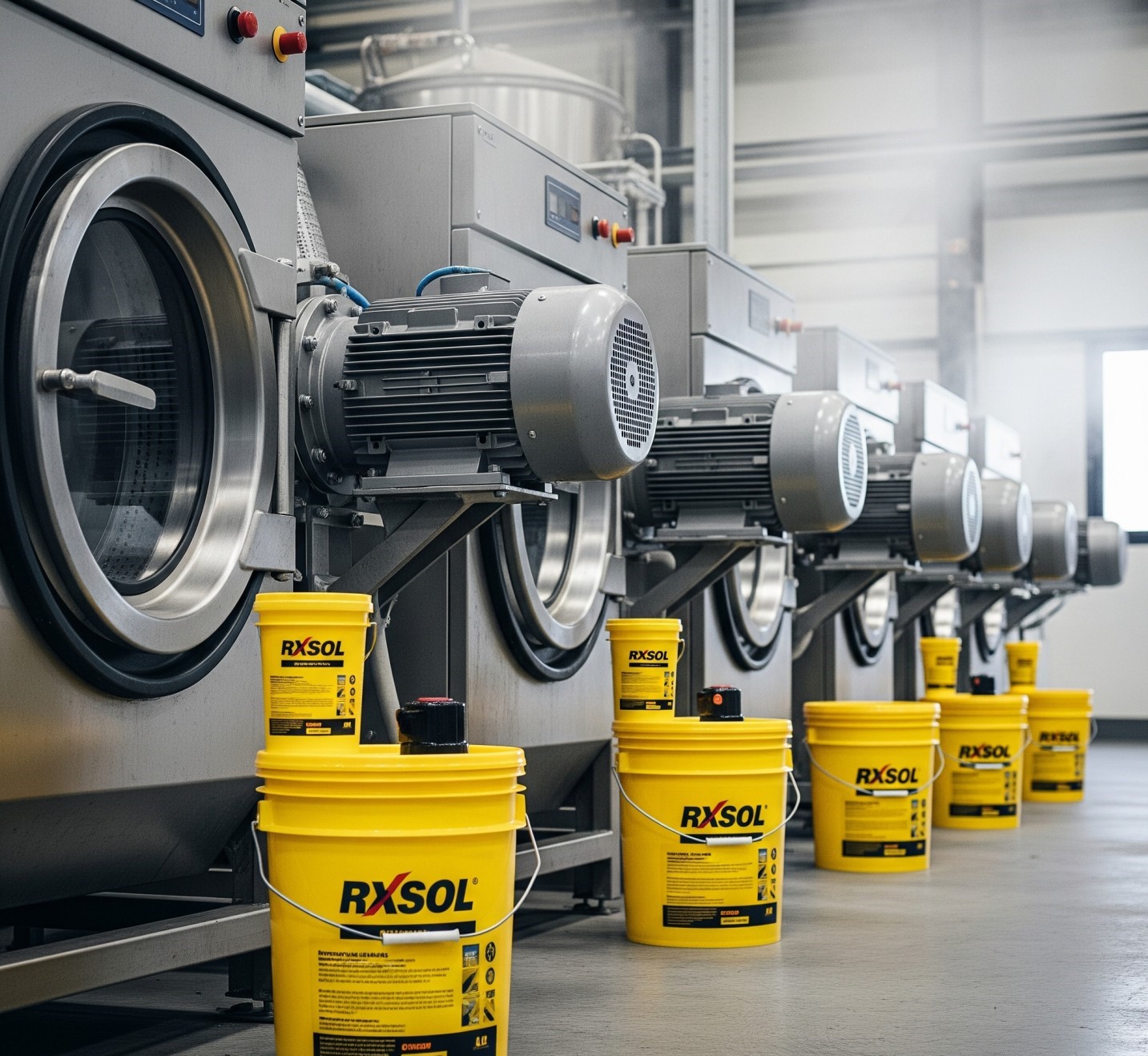LONG LASTING
RXSOL-15-3016-010 Polish cleans and restores the original brilliance to silver and silver plated flatware, hollowware and accessories. This product contains no alcohol, no ammonia, no acids, no V.O.C. and no abrasives.
Natural oxidation causes silver surfaces to tarnish, which makes them look dull and dirty. Avoid tarnishing and bring your silver to a beautiful shine with RXSOL-15-3016-010.
Never use a dry brush when removing tarnish / stain as it will create scratches. If there are porous elements on your piece (wood, ivory, other of pearl, etc.), Apply the water to the polish. Allow the polish to soften then lift it out by tapping with a wet brush. A wet toothpick will get into the smallest areas.
Utilized by top jewelry designers and gemologists.
Non-Toxic and Environmentally Friendly
Tarnish is caused by contact with sulfur compounds, mainly hydrogen sulfide in the air. Other common culprits are wool, felt, fossil fuels, rubber bands, latex gloves, carpet padding, certain paints, and food (particularly eggs, onions, and mayonnaise). Tarnish formation is accelerated in a humid environment. Also, oily salts from fingers can cause corrosion patterns that may have to be professionally removed.
Silver, when properly maintained, will yield generations of enjoyment. The following cleaning instructions have been tried and proven in my silver restoration & conservation studio. They are suited for gold as well as silver. silver-plated and gold-plated items should be treated very gingerly, as too-vigorous cleaning can remove the plating and expose the base metal.
Gently wash and dry your silver immediately after use. While washing, do not allow silver to come into contact with a metal sink, as that can cause scratching. (Use a plastic dishpan or line the sink with a towel.) Use a non-lemon-scented phosphate-free detergent and, to avoid water spots, towel-dry using a soft cotton dish towel or Selvyt cloth. Silver that is used frequently and washed in this manner will require infrequent tarnish removal. When storing your flatware, rotate the pieces so they will wear uniformly.
Tarnish is easily removed when first noticed (usually as a yellowish tint), and will become increasingly difficult to deal with as it turns to light brown and eventually black. Occasionally washing an object with a non-lemon-scented phosphate-free detergent is preferred to waiting until tarnish forms and gets so stubborn that polishes have to be employed. (All polishes have some degree of abrasion.)
Most of us are familiar with that light brown – and eventually black – color that forms on silver. But you can catch tarnish in its very early stages if you hold an object against a piece of white paper (glossy paper if you have it). If tarnish has started to form, you will see a very light yellowish tint in the silver.
Try removing this light tarnish with either diluted RXSOL-15-3007-001, or Multi-Surface Vinegar, If these liquid leaves a residue, rinse it off with warm water or remove it with a moistened cotton towel, then dry immediately. Try this technique first, as it is the least abrasive of all silver cleaning methods. See the results.
SILVER POLISH TARNISH REMOVER Supplier Oman Muscat Barka Salalah Sohar Ruwi Mutrah Nizwa Al Hamra Manah
Email:- mail@muscatchemical.com




